The Digital Nervous System: Creating IT Infrastructures that React Like Organisms
Businesses need IT infrastructures that do more than just function. They need systems that think, adapt, and respond in real time.
4 min read
 Jordan Hetrick
:
October 30, 2025
Jordan Hetrick
:
October 30, 2025
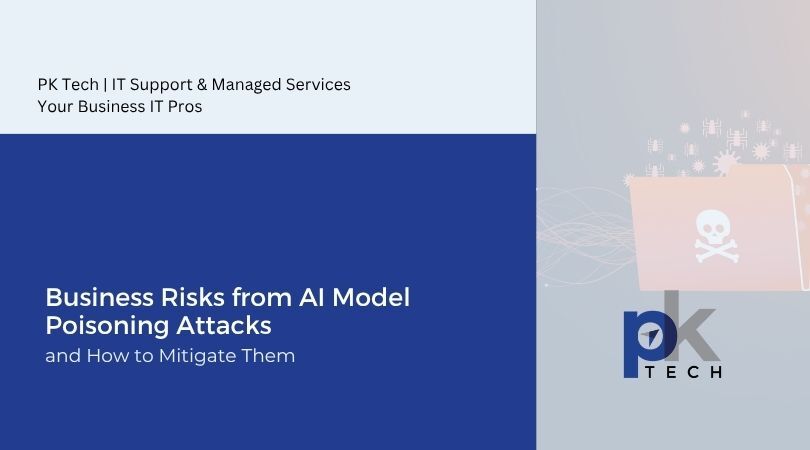
Every day, both personally and professionally, we witness firsthand how businesses are embracing artificial intelligence (AI). Even if you aren’t an IT professional, it’s hard to miss the shifts in our society as a result of AI growth.
With that transformation comes an emerging, but lesser-known threat: model poisoning attacks.
These attacks target AI systems' training processes or data pipelines, injecting malicious or manipulated inputs that can lead to degraded performance, biased outcomes, or even hidden backdoors.
In this blog post, we’ll explore the business risks stemming from AI model poisoning, why they matter to organizations large and small, and how you (and we as your partner) can implement strong mitigation strategies.
Before discussing risk and mitigation, it’s important to understand how model poisoning differs from more commonly discussed AI threats. At a high level, model poisoning involves an attacker corrupting the training data, model weights, or even the model supply chain itself so that when the AI model is deployed, it behaves in unexpected or malicious ways.
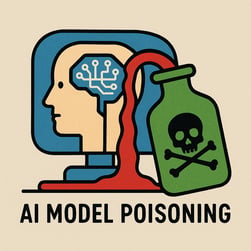 Here are a few examples:
Here are a few examples: 1. An attacker may inject triggered “backdoor” data during training so that the model misclassifies or grants access when a specific input appears.
2. The attacker may manipulate data sources to erode accuracy, creating model drift or bias that undermines trust in the system.
3. The supply chain is exploited: pre‑trained models or externally sourced datasets may already be compromised before your organization ever uses them.
From a managed IT services perspective, simply deploying “AI” isn’t enough. A critical part of risk management is also looking at how it’s built, trained, and maintained.
Here are some of the concrete business impacts that model poisoning can have and why they should concern any organization deploying AI.
When training data is poisoned or manipulated, the model may no longer perform as intended. It might misclassify fraud, miss anomalies, or generate unreliable outputs.
For example, if your fraud‑detection model used to catch payment scams is poisoned, attackers may slip through unnoticed, or legitimate transactions may be incorrectly flagged, causing customer friction.
Poisoned models can manifest bias, discrimination, or unfair treatment that may violate compliance regimes.
Imagine a hiring‑AI that systematically rejects candidates from certain backgrounds because of poisoned training data, or a model that misdiagnoses patients in a healthcare setting. The downstream implications: regulatory scrutiny, lawsuits, brand damage, and loss of trust.
One of the more insidious risks: the attacker may insert a backdoor that remains dormant until triggered, causing the model to deviate in precisely controlled ways. Once that happens, an attacker could evade security systems, bypass fraud detection, or trigger malicious outcomes at scale.
When organizations rely on third‑party models, public datasets, or open‑source AI components, they face supply chain vulnerabilities. Attackers may hide poisoned components upstream. As an MSP, we must treat AI supply chains like we treat software or hardware supply chains: validate what we bring into the environment.
The business cost of model poisoning is real: lost revenue, remediation expenses, regulatory fines, customer churn, and strategic setbacks. When your AI becomes untrusted, the very innovation you sought turns into a liability.
Given these risks, here’s how a managed IT services company should approach mitigating AI model poisoning attacks. At PK Tech, we offer both strategic and technical practices that your business can adopt.
As IT professionals, we recognize that AI offers transformative potential for businesses. However, it also brings novel risks that business leaders may not fully appreciate.
Model poisoning attacks, though less visible than ransomware or phishing, carry serious implications: operational failure, bias, regulatory exposure, reputational harm, and more. The good news is that these risks are manageable. By treating AI pipelines with the same rigor as traditional IT systems — ensuring data integrity, securing supply chains, and implementing monitoring and governance — we can partner to build a resilient AI posture.
What’s the ultimate end game? We protect your business from not just tomorrow’s threats but from the hidden vulnerabilities of today’s AI race.
Ready to future proof your company’s use of AI? We’re ready to partner with you for safe and best-in-class solutions. Get in touch with our team here.
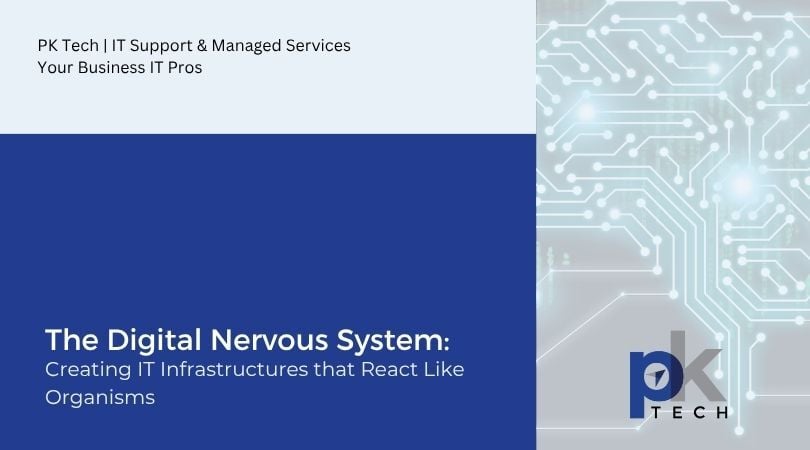
Businesses need IT infrastructures that do more than just function. They need systems that think, adapt, and respond in real time.
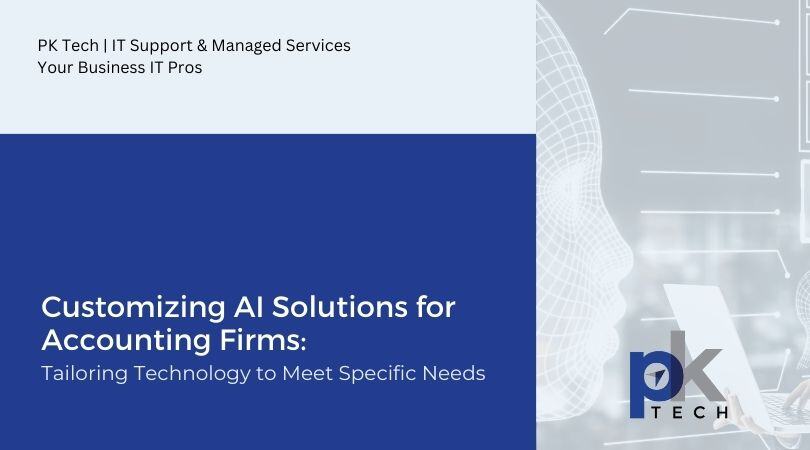
With artificial intelligence demanding headlines almost weekly, businesses across industries are left with the question: should we be using AI?
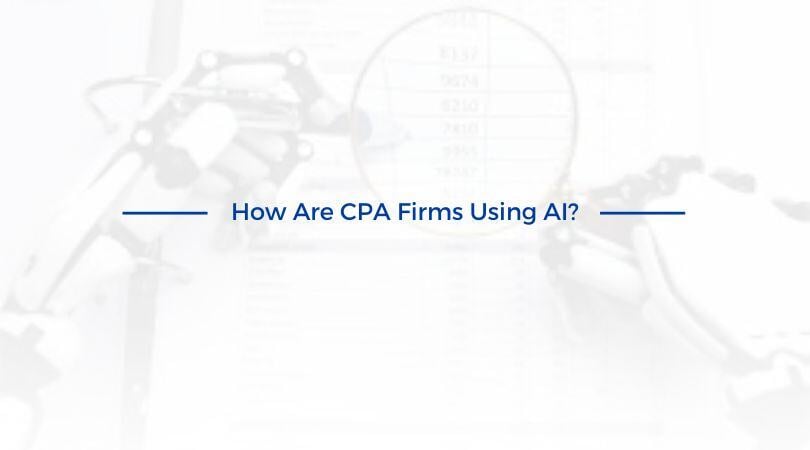
Artificial intelligence (AI) is changing the world as we know it, and the realm of accounting is no exception.